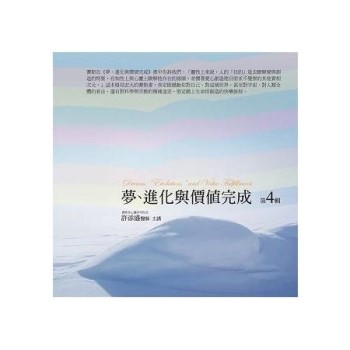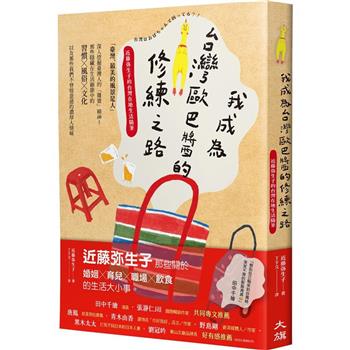Outsourcing products and services is not a new concept. Governments, businesses and individuals have done so for centuries. However, in the 1960s and 1970s, driven by tax laws, it became a unique business type called Staff/Employee Leasing, eventually evolving in the early 1990s to Professional Employer Organizations (PEOs). Companies contracted out their administrative processes to PEOs who in turn become co-employers and risk sharers. But the world of the PEO, and outsourcing in general, has changed dramatically over the past 15 years and continues to evolve. The Internet, new computer technology, competition and global economy have been some of the contributing factors.
Based on the experience of the author in the outsourcing arena, the book addresses the factors required for creating a strong and competitive outsourcing business model, along with the hazards involved. A point made throughout the book is the requirement to carefully select with whom you want to business from both the outsourcing provider and buyer point of view. The initial focus is upon the importance of understanding the marketplace and required related research and planning. Then, client selection and retention is addressed. Next the requirement for quality staff education and training is discussed, followed by retaining and managing core knowledge. Because of recent unethical business behavior several essays treat trust as a value proposition for the industry to prosper. Completing the book are essays discussing outsourcing history, industry trends, what is being outsourced and why, and the movement of outsourcing to a broader meaning in the U.S. as well as worldwide, looking at some forces working for and against.| FindBook |
有 1 項符合
Outsourcing: Peo To Hro Operational Issues的圖書 |
 |
Outsourcing: Peo To Hro Operational Issues 作者:Polcyn 出版社:Xlibris 出版日期:2004-03-05 語言:英文 規格:平裝 / 332頁 / 21.6 x 14 x 1.8 cm / 普通級 |
| 圖書館借閱 |
| 國家圖書館 | 全國圖書書目資訊網 | 國立公共資訊圖書館 | 電子書服務平台 | MetaCat 跨館整合查詢 |
| 臺北市立圖書館 | 新北市立圖書館 | 基隆市公共圖書館 | 桃園市立圖書館 | 新竹縣公共圖書館 |
| 苗栗縣立圖書館 | 臺中市立圖書館 | 彰化縣公共圖書館 | 南投縣文化局 | 雲林縣公共圖書館 |
| 嘉義縣圖書館 | 臺南市立圖書館 | 高雄市立圖書館 | 屏東縣公共圖書館 | 宜蘭縣公共圖書館 |
| 花蓮縣文化局 | 臺東縣文化處 |
|
|
圖書介紹 - 資料來源:博客來 評分:
圖書名稱:Outsourcing: Peo To Hro Operational Issues
|











